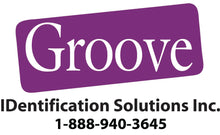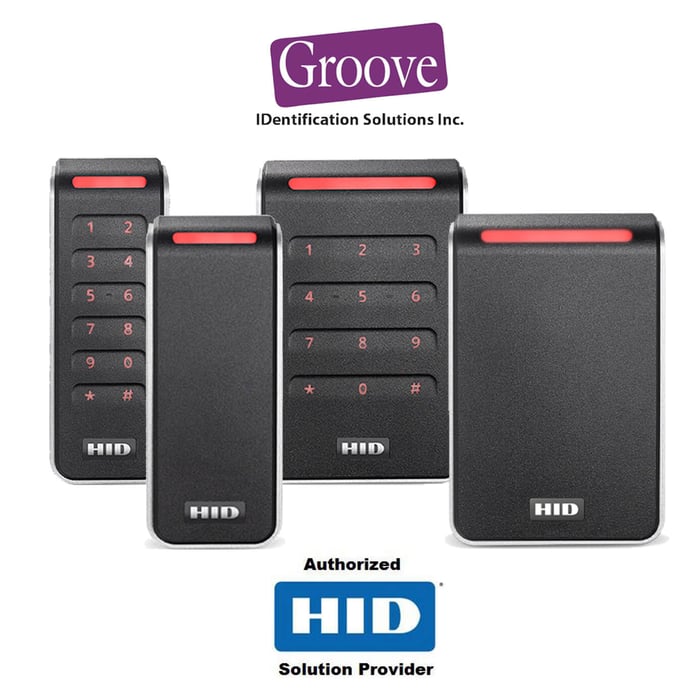Proximity Cards
Taking the Guesswork out of Reordering Them
Proximity cards are strict and secure, but this can make them tricky to reorder. Find out the information you’ll need in front of you to ensure that your next batch of proximity cards is compatible with those in use.
Proximity cards are a cost-effective way to implement key card access control at your facility. They’re a very secure and stable technology.
Even so, we’ve found that our customers sometimes find them tricky to reorder, especially the first time. Proximity cards require custom encoding, and they have a rigid data structure that facilities have to follow.
This strict customization means that they’re not reusable by any other customer. Although that’s part of what makes them secure, it also means that proximity cards aren’t refundable if customers order the wrong encoding.
The good news is that it’s easy to avoid encoding mistakes once you get the hang of it. In the post, we’ll outline what you need to remember when ordering a new batch of proximity cards to avoid rework costs and delays.
Part Number
There are several different kinds of proximity cards, and they look very similar. To avoid miscommunication with reorders, you should note the part number you ordered for your previous batch.
Most of our customers use HID proximity cards. HID part numbers have four digits. Some of their most common part numbers are 1326, 1346, 1356, 1386, and 1586.
You can find your part number by looking at a blank card or at the packaging material in which we shipped them to you. Our invoice for your previous shipment will also include it.
Order Number/Job Number
Speaking of invoices, the invoice for your last shipment will also show an order number or a job number. We keep the job specifications for every order we process. So, we’ll ask you for that information when you reorder. That way, we can save you time and stress by confirming your requirements in detail based on our records.
Format
There’s an open standard for proximity card formats. It’s called H10301. Most of our customers use this format. If you use ordinary, run-of-the-mill proximity cards, the chances are that you use this format as well.
Proximity card formats follow a standard numbering scheme. If your card format isn’t H10301, it will still be a letter followed by five numerals, which will help you recognize it.
Configuration
Your proximity card’s configuration consists of five letters. Each letter represents a programming option for your cards. The options are:
1. Programmed or non-programmed (L for programmed or N for non-programmed)
2. Card front surface (G for plain or C for custom)
3. Card back surface (G for plain, S for standard or C for custom)
4. Card Numbering (M for matching, S for sequential non-matching)
5. Slot Punching (H for horizontal, V for vertical, or N for none)
Most of our customers use the same standard configuration. It’s called LGGMN. That means a preprogrammed card with plain front and back surfaces, matching numbering and no slot.
The “matching numbering” means that the numbering on the card’s surface is the same as the numbering stored inside the card. It doesn’t have to be, and a few sites use non-matching numbers for extra security.
A garden variety proximity card has an LGGMN configuration. If your cards match the above description, that’s probably your site’s configuration. However, as with the card format, it’s best to keep track of this and check your records to be sure.
Facility Code
Proximity cards include a site number that ranges between 1 and 255. Your last batch of cards stored that three-digit code, and you’ll need to encode your next set with the same number. Ideally, your facility documents this number. Otherwise, you may find it on your records, along with the above information.
Start Number
If your last batch ended at 500, for example, your start number for your new card run is 501.
Proximity cards have unique sequential numbers that are separate from anything else. They start at one and just keeping going. You’ll want to keep it that way and avoid gaps. So you’ll need to know the following number in the sequence when you order your next batch. Keep it simple and follow the series.
Groove Can Help
We realize that this gets somewhat technical. The industry jargon and the codes they use could be more user-friendly. Still, we find that customers who keep track of the above points avoid confusion and delay when the time comes to stock up on proximity cards.
Our support staff are as eager as you are to get things right the first time, every time. We’re pleased to work with you to confirm that your new batch of proximity cards is compatible with those your facility uses now.
We’d enjoy hearing more from our customers about the types of proximity cards they use. If you use cards with different parameters, we’d love to hear about how well they meet your needs.
We’re be curious to find out if our customers have any tips or tricks for making their reordering process for proximity cards go more smoothly. We’d also be pleased to answer any questions you may have.
Please share your thoughts in the comments section below.







